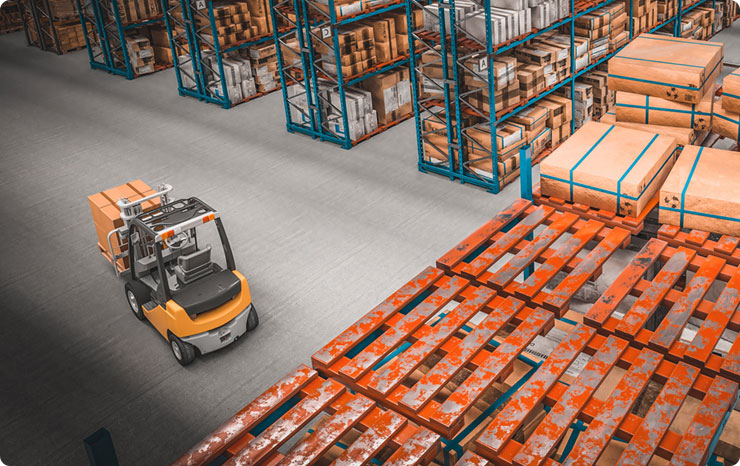What’s Driving Automation in the Warehouse Today?
Brian Reinhart, vice president-sales U.S. with Hai Robotics, details the major trends that are impelling distribution operations to embrace automation solutions.
The “perfect storm” has struck warehouses — a combination of the COVID-19 pandemic, surge in e-commerce activity, labor shortages, supply chain congestion and heightened demands by consumers for efficient service. In response, warehouse operators have turned to multiple aspects of automation to address the problem.
There are certain actions that facilities can take in the short term, addressing the “low-hanging fruit” in their operations, with the help of targeted technology tools. At the same time, Reinhart says, they need to be considering long-term solutions that can create sustainable environments for growing and maximizing efficiency. And
Particular pain points depend on the dynamics of a given facility. Reinhart cautions against fixating on technologies that promise to solve all problems at once. “The truth is,” he says, “there’s rarely one solution that’s the be-all and the end-all.”
To identify which aspects of technology are suited for the situation, warehouse operators must first take a close look at their internal operations. “That helps to narrow the field,” Reinhart says. “If they just say ‘we have problems,’ it’s going to be very hard to pinpoint.” Then they must calculate the return on investment for the chosen solution.
Where is automation in the warehouse going in the next five years? “The sky’s the limit,” says Reinhart, citing advances in business intelligence, artificial intelligence and the internet of things that have already made inroads into other industries. “Now they’re coming to warehousing, distribution and order fulfillment.”
Even the most advanced systems won’t eliminate human workers from the warehouse in the short term, but “lights-out” warehouses are a possibility in future, Reinhart says, if they can be justified financially.


